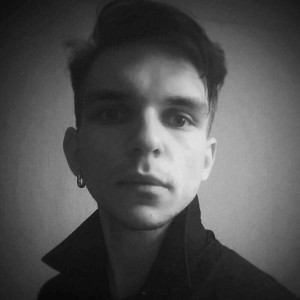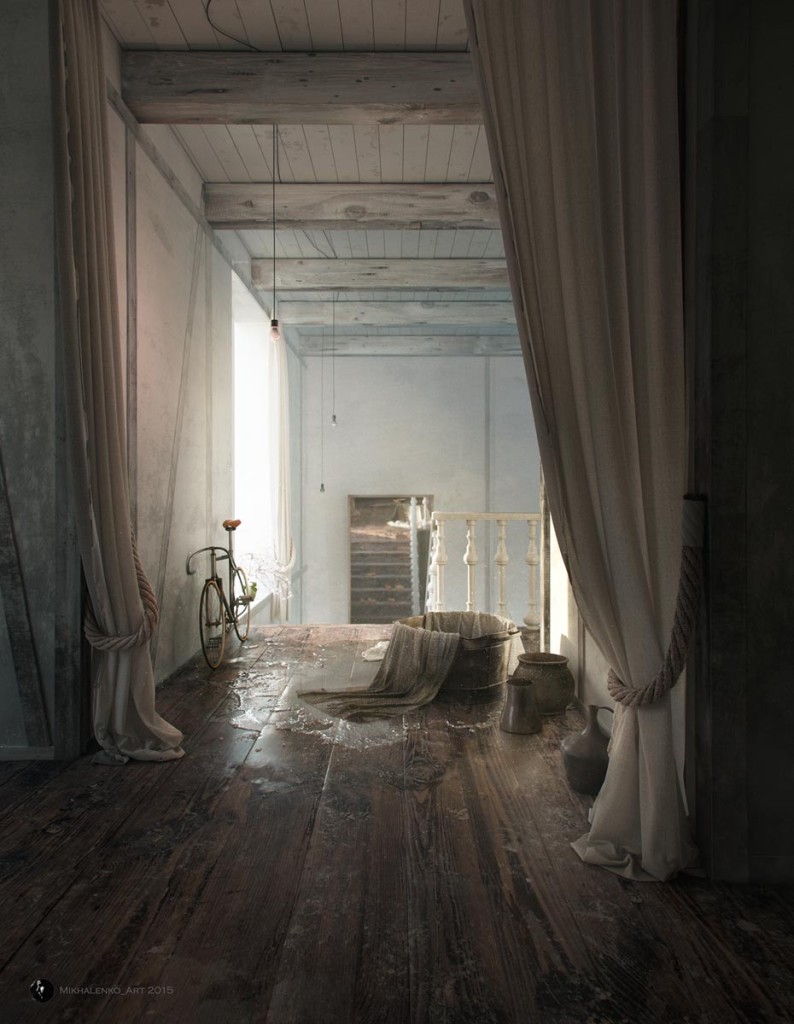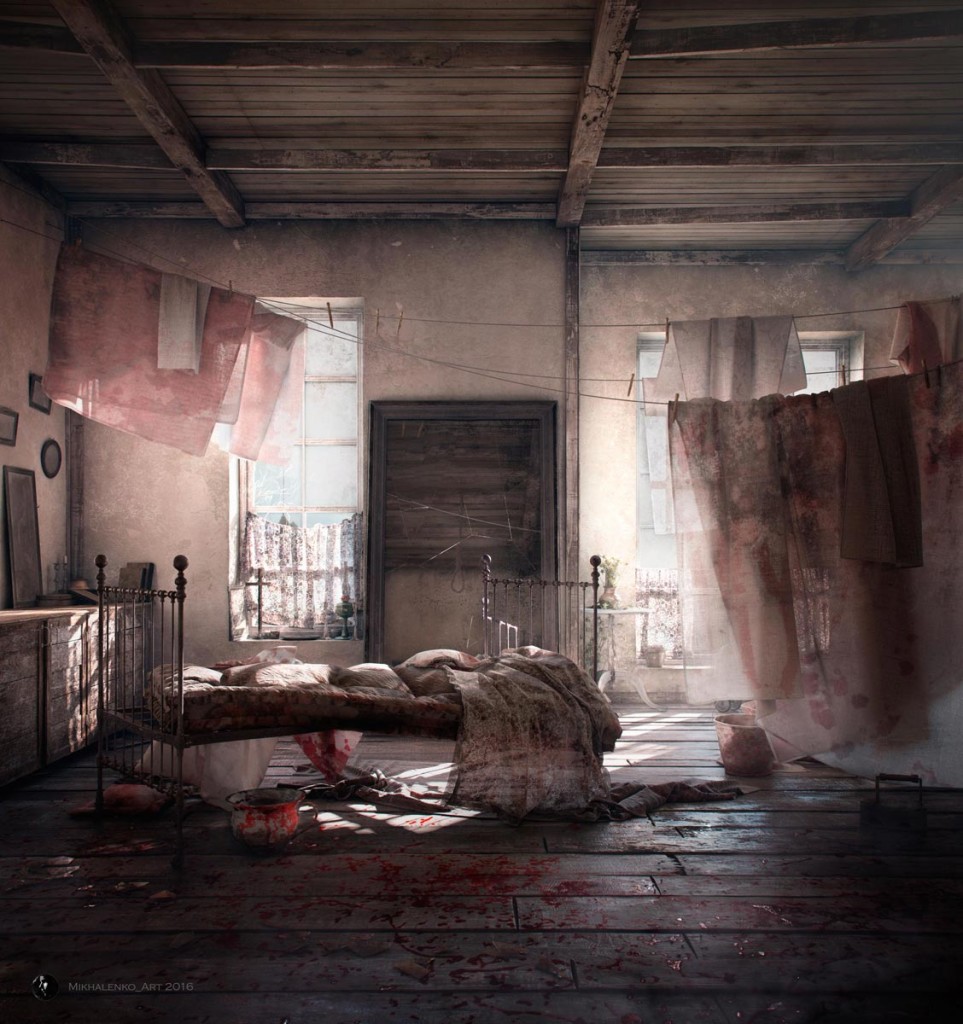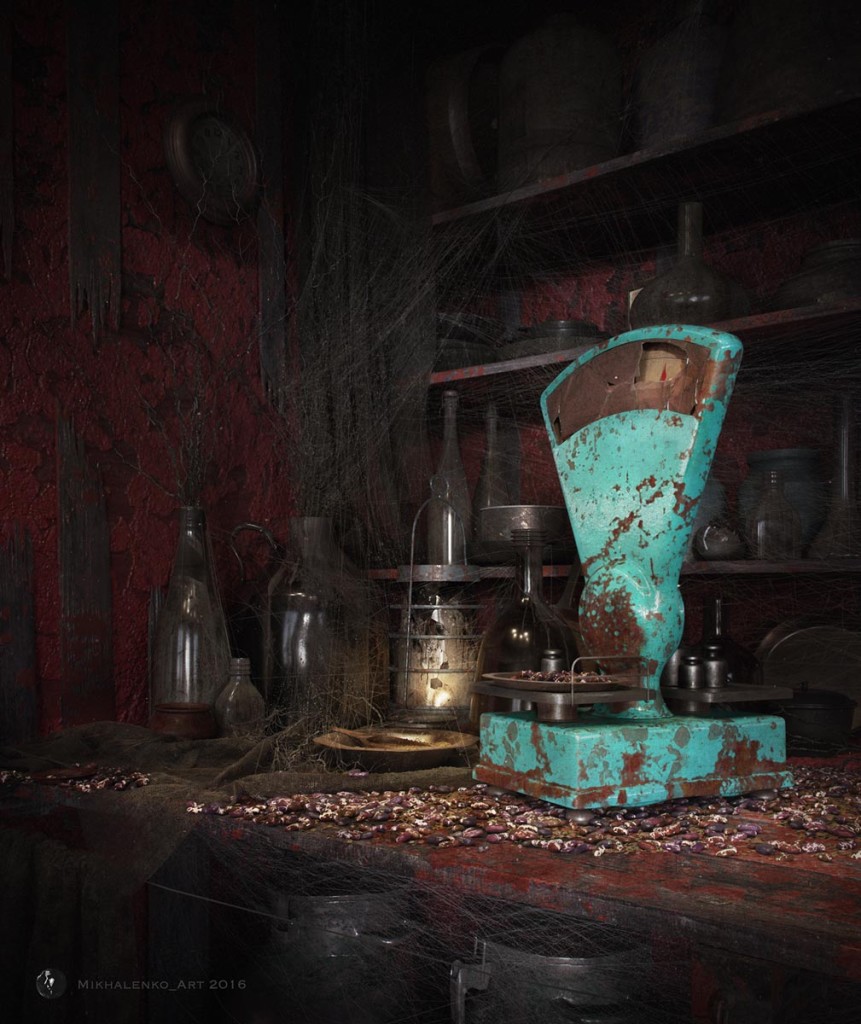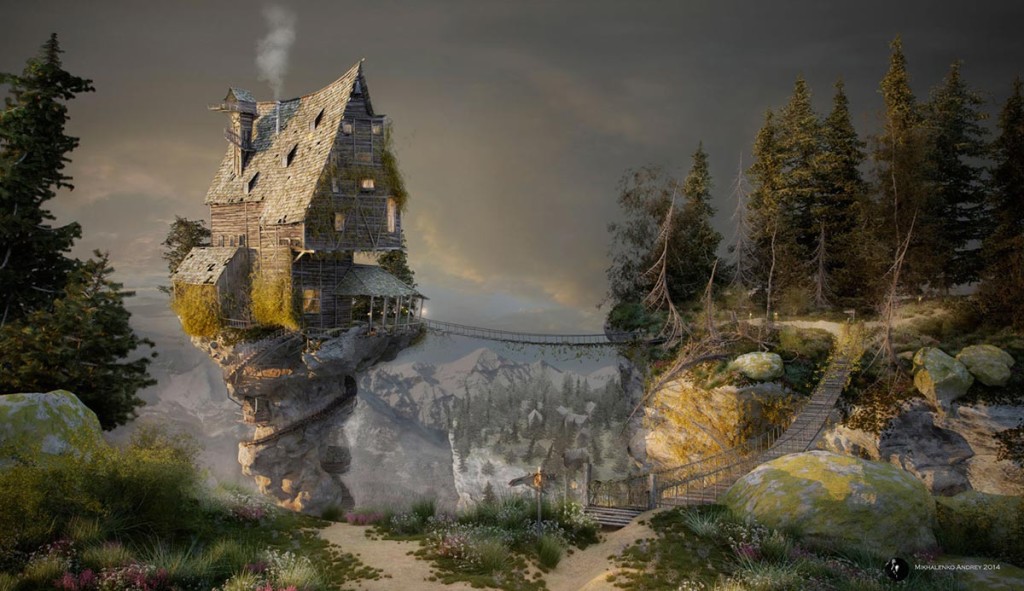Brief:
Area of living: Minsk, Belarus
Working as: iddqd studio owner.
Expertise: Exterior / Interior
Project duration: 3 days and more…
Software using: 3DsMax, ZBrush, Marvelous Designer, Photoshop…
You can find Andrey:
Basically, I specialize in the exterior. The interiors are also present, but generally in my personal creative projects where they turn into art, still life paintings and illustration. Apart from records, I make illustrations in different styles: landscapes, still life, genre art (to be honest, without involving people). During the work, I try to focus on the atmosphere, details which create a story and let the viewer travel, imagining the origin of something, thinking about those who lived here, who could live here and what events occurred at this place.
To my mind, the work “No one is there” has the most powerful plot. Many people express opinions about what is happening in this house. It could be murder, sickness or suicide. There are so many options that people can interpret for themselves, as details can give hints. Everyone sees what he wants. Most of my works are “self-therapy”: they show my feelings and sentiments that are happening within me, helping me to overcome them.
The work flow is quite simple: it all begins from materials preparation, estimating the amount of work and discussing the price and terms. Then the basic model and render is produced with pre-configured cameras and sent to the client for approval. This is followed by setting materials, adjusting lighting, the statement and then final representation takes place.
In total, three changes are made free of charge but certainly not the type of changes which mean remaking everything with completely different architecture.
which allow creating simple 3D without any knowledge. Do you think such a job as a 3D artist will still be needed in future?

